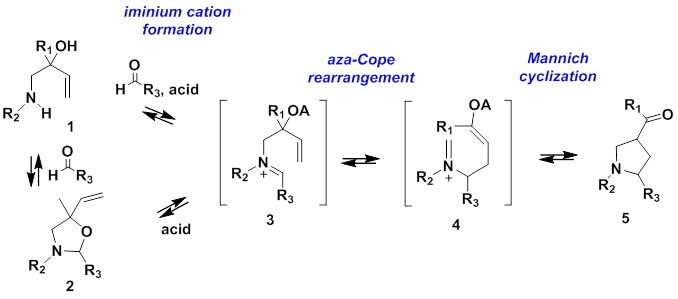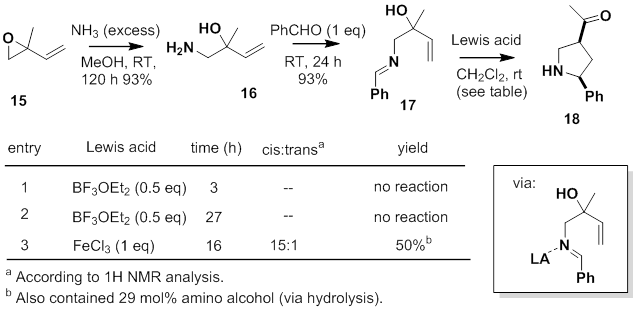Reports: UR151961-UR1: Development of a Catalytic, Asymmetric Aza-Cope Rearrangement and Mannich Cyclization
Harriet A. Lindsay, Eastern Michigan University






Harriet A. Lindsay, Eastern Michigan University






Reports in the ACS PRF Annual Report are published as submitted by the Principal Investigator.
Copyright © American Chemical Society